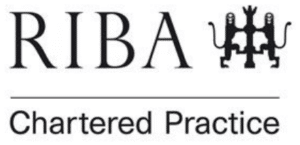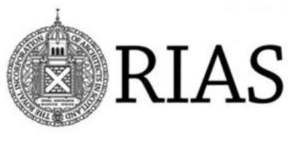At a gathering of Scotland`s Conservation Architects in Edinburgh yesterday there was an impromptu debate about whether Barnhill on Jura should be listed. Barnhill is the house in which George Orwell wrote 1984 and the argument being forwarded was that this gave it cultural significance and because of that it needs to be protected. It is an interesting thought. Certainly the story of Orwell seeking isolation and peace to write that great work of 20th century British literature is definitely something that Jura is now famous for. If it ceased to be there, I think there would be a sense of cultural loss.
For me however, when a slide of the house appeared on screen and the thought of its loss was muted, I did worry, but for other reasons. It is a traditional vernacular whitewashed one and a half storey house with small dormers with attached barns. A typical west highland small farmhouse. Something that might have appeared in Robert J. Naismith’s classic “Buildings of the Scottish Countryside” and identifiable as typical within it`s particular “character zone” as Naismith described them.
When you go to Jura you expect the buildings to look a certain way, like you do when you go to the East Neuk of Fife where also you expect buildings to have a different but special character. I have been spending time on Jura and some on Islay over the last few years. These are special places. Regrettably the 20th century and 21st century buildings on Jura and Islay do not generally contribute to what Naismith describes as the character zone.
As a country Scotland needs to think about this. As a skier I will only go to places in Europe where the architecture is traditional because they are the most beautiful. I am an architect, but I think my choice in this respect is fairly mainstream. Mainstream architectural thinking in Scotland and also the practices of some local planning authorities encourage the notion that all new buildings should be innovative in their design which is code for modernist. This is not the case in most other special places like the villages of the Haut Savoie region in France for example, where a holistic appreciation of a place seems to exist and local materials and traditional styles are a requirement for new development.
Losing a building like Barnhill, one of a relatively small number of houses on the Island, which is a good example of vernacular building and what people expect to see there, would be tragic. Should big brother list it? Well perhaps, but I would be much more interested to see supportive more helpful action for owners of traditional buildings such as abolishing the penal VAT cost that owners incur if they want to extend, improve or repair these houses which has encouraged abandonment or worse demolition, of a considerable amount of Scotland`s vernacular building heritage in favour of new build which is VAT free. Big brother would be more help doing this rather than just watching.
Image Credit
© Copyright Dom Shaw and licensed for reuse under this Creative Commons Licence
















